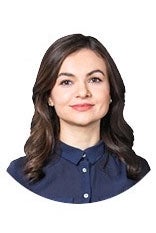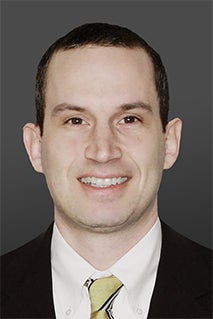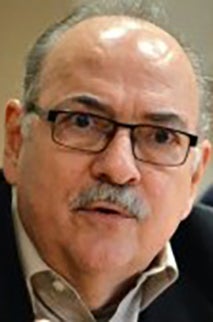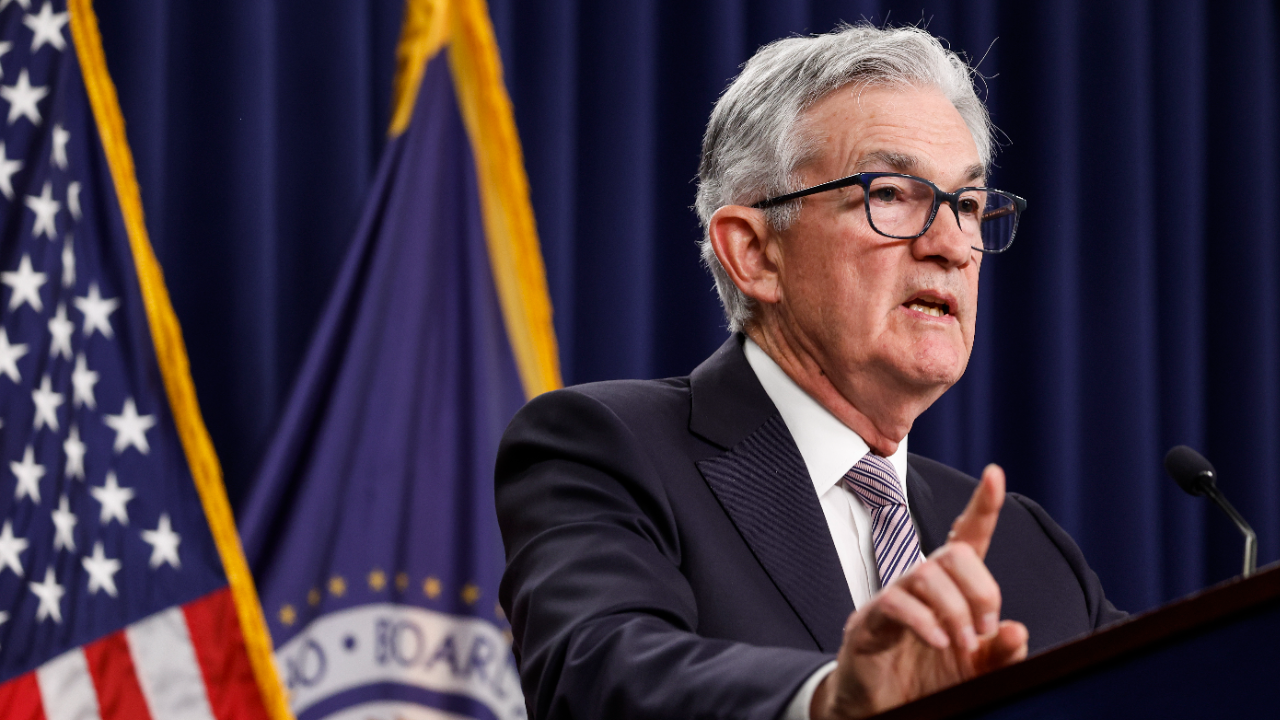Survey: Experts see massive hiring slowdown and surging unemployment a year from now

Employers have added 3.5 million jobs so far this year, among the fastest pace in 28 years and a remarkable feat considering the number of headwinds powerful enough to knock hiring off course — from boiling inflation to the fastest Federal Reserve rate hikes in four decades.
But that historically strong job market might not stay booming for much longer. Employers are predicted to add just 97,000 jobs each month over the next year, an 80 percent slowdown from the prior 12-month average of 487,000, according to Bankrate’s Third-Quarter Economic Indicator poll. That’s down considerably from forecasts of 193,000 in the prior quarter’s poll and 281,000 in the first quarter survey.
Economists are also bracing for a 0.7 percentage point increase in the unemployment rate, with joblessness expected to rise to 4.4 percent in a year from its current 3.7 percent level, participants noted. That’s in line with what officials on the Fed are projecting as well, according to fresh guidance on the economy released in September.
Joblessness has never increased by 0.5 percentage points or more without the U.S. economy being in a recession, according to the closely followed “Sahm rule.” Yet, economists’ current projections are nowhere near as stark as the increase in unemployment during the past six recessions. Joblessness surged 11.2 percentage points in the aftermath of the coronavirus pandemic, followed by 5.3 points during the Great Recession and 3.6 points amid the “Great Inflation” of 1981.
“Between the collective wisdom of our economists and the Federal Reserve, the outlook for a rise in the unemployment rate over the next year suggests less pain than in past recessions,” says Mark Hamrick, Bankrate chief financial analyst and Washington bureau chief. “Let’s remember the official jobless rate rose to a devastatingly stunning 14.7 percent in the early months of the pandemic, well above the peak of 10 percent following the Great Financial Crisis.”
Forecast and analysis:
- Experts see massive hiring slowdown and surging unemployment a year from now
- The Fed’s interest rate will top 4.71 percent, the highest since 2007
- 43 percent of economists say inflation hasn’t yet peaked
- Odds of a U.S. recession by middle of 2024 now at 65 percent
Why Americans could see a tougher job market
Notably, every expert in Bankrate’s poll sees higher joblessness. Forecasts for the nation’s unemployment rate a year from now ranged from a low of 3.9 percent to a high of 5.1 percent.
Before the coronavirus pandemic, the last time 4.4 percent of the labor force faced unemployment was in 2017.
All economists are similarly expecting a slowdown in hiring. At best, the U.S. economy could add 220,000 jobs each month over the next year, according to the highest forecast. But at worst, it could lose 102,000 jobs each month, the survey’s lowest projection.
Such is the consequence of rapid Fed tightening, with interest rates in September officially soaring past the level seen as officially weighing on economic growth. Inflation, however, is already showing signs of remaining troublingly high for longer, impacting food, transportation, housing and services in addition to its outsized impact on energy and gasoline. That’s only raising the risk that the Fed has to raise rates even more. Officials’ most recent projections see their benchmark federal funds rate peaking in a target range of 4.5-4.75 percent, the highest since 2007.
Yet, part of what’s keeping the outlook from looking worse is the labor market’s historically strong position as it enters a possible slowdown. Businesses have about 1.7 job openings per every unemployed worker, while joblessness largely only ticked up from its half-century low of 3.5 percent to 3.7 percent because the labor force grew by the most in seven months.
The hope is that higher borrowing costs can bring those job openings more closely in line with worker supply, rather than resulting in outright job loss — what economists would describe as a “soft landing” for monetary policy.
“The Federal Reserve has yet to face a conflict between its employment and inflation objectives,” says Odeta Kushi, deputy chief economist at First American Financial Corporation. “While the labor market remains strong, it will be increasingly difficult to fight inflation so intensely without broader impacts to employment. Many companies have already announced layoffs, indicating signs of weakness in the labor market. The probability of a soft landing is not zero, but it is shrinking as Fed tightening intensifies.”
Hear from the experts

The pace of payroll losses will not be as severe as the COVID pandemic recession or the Great Recession, but risks are to the downside. The labor market has proven to be more resilient than expected and the ratio of job openings to job seekers remains at record highs of two to one. A cooling of labor demand to a one-to-one ratio could help the Fed achieve a soft landing for the labor market, but that path has narrowed.— Yelena Maleyev, economist, KPMG LLP

As the Fed continues to tighten monetary policy, labor demand will weaken and more workers will be laid off. If they can find new jobs among the remaining openings quickly, then more of the reduction in total labor demand will take the form of a decline in the job openings rate and less in the form of an increase in the unemployment rate. In other words, there would be a vertical shift in the Beveridge curve. This is the path toward a soft landing, and the jury is still out on whether the Fed can pull it off.— Ryan Sweet, senior director of economic research, Moody's Analytics

The job market remains strong. However policy is geared to slow things down. Slowing the job market will be part of that endeavor. Jobs will continue to grow for a while and then levels of employment will fall and unemployment will rise.— Robert A Brusca, chief economist, Fact and Opinion Economics
Methodology
The Third-Quarter 2022 Bankrate Economic Indicator Survey of economists was conducted Sept. 22-29. Survey requests were emailed to economists nationwide, and responses were submitted voluntarily online. Responding were: Ryan Sweet, senior director of economic research, Moody’s Analytics; Yelena Maleyev, economist, KPMG LLP; Odeta Kushi, deputy chief economist, First American Financial Corporation; Lawrence Yun, chief economist, National Association of Realtors; Robert Hughes, senior research faculty, American Institute for Economic Research; Mike Fratantoni, chief economist, Mortgage Bankers Association; Bernard Baumohl, chief global economist, The Economic Outlook Group; Scott Anderson, executive vice president and chief economist, Bank of the West; Bernard Markstein, president and chief economist, Markstein Advisors; Mike Englund, chief economist, Action Economics; John E. Silvia, founder and president, Dynamic Economic Strategies; Robert Frick, corporate economist, Navy Federal Credit Union; Joel Naroff, president, Naroff Economics; and Robert Brusca, chief economist, Fact and Opinion Economics.






